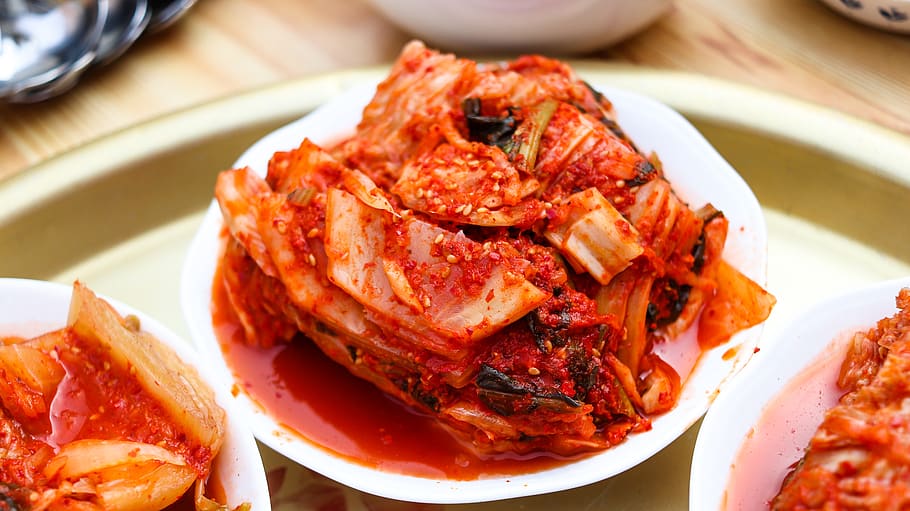Introduction
Kimchi Fried Rice
A South Korean variation of fried rice, this dish has made its way across the globe for its rich taste of kimchi and its spicy quality. This dish comprises off:
- Rice; Left over rice is ideal for this dish
- Well-fermented kimchi
- Radish
- Green onions
- Garlic
- Green pepper
- Sesame oil
Its flexibility on adding additional ingredients such as meat, makes it even more popular amongst different cultures today:
- Pork or spam
- Chicken
- Bacon
- Shrimp
- Ham
- Egg
Historical Significance:
Kimchi is a staple food of South Korea much like Ramen is to Japanese people. A radish that’s been seasoned and fermented with chili ingredients makes it a unique dish in the entirety of Asia
- Origin of kimchi can be traced back to the early periods of the Three Kingdoms (37 BC – 7 AD)
- Koreans were skilled in making fermented foods such as wine, soybean paste and radish (kimchi)
- Additionally, it became prevalent as Buddhism caught on throughout the nation and adapted a vegetarian lifestyle
- Kimchi was made during the winter by fermenting the vegetables and burying it in the ground in traditional brown ceramic pots called onggi
Interesting facts:
- Despite its spicy quality today, the early recipes found did not contain the use of chili pepper which gives its spicy personality. It was not introduced until the early 17thcentury because chili peppers were a New World crop and native to the Americas.
- Kimchi is used in a variety of other South Korean dishes such as budae-jigae(a very hearty soup) and is always present in the dinner table as a side dish.
- Kimchi is a national dish of both North and South Korea despite their division.
- Depending on the region, kimchi may vary in flavor; in the northern parts, they tend to have less salt and red chilli and are more watery in consistency



The many ways that fermentation is important is really coming through in these entries!